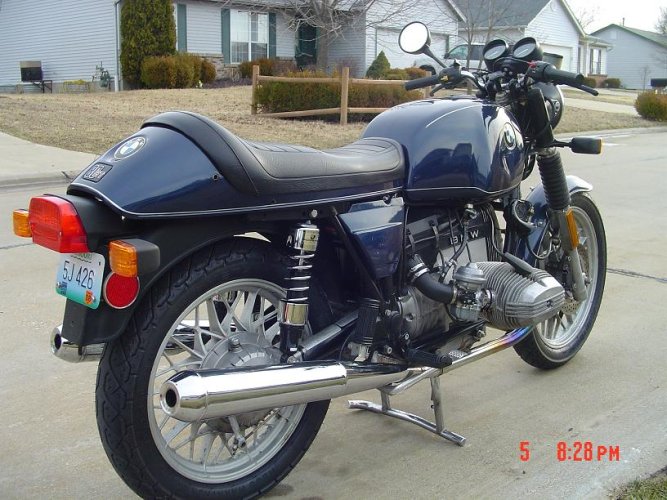After years of weak and diving fork springs I finally (and happily) upgraded to Progressive. Bombar Beemers did a great job! No more diving, but forks seem stiff, even though they do a good job of keeping the rubber to the road. I put in the full spacer and am wondering just how much a difference I would feel if the spacer were cut in half. I prefer a smooth ride, but don't want to sacrifice too much handling. I am a 55 year old teacher, not a racer, so that should tell you something about my riding style. My question is, do most people that convert from stock to Progressive springs use the full spacer? Thanks in advance for any opinions.


